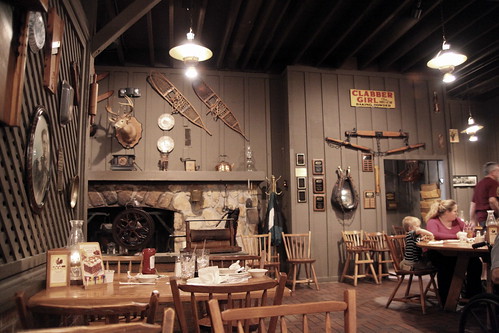
One of the benefits that record companies enjoyed when albums were the prevalent packaging for pop music was the upward pressure this scheme placed on song prices.
In a typical pop* album, there will be a few hit songs as well as some songs that never really catch on. Yet even these less popular songs have become best-sellers thanks to the album format.
At face value, an album that costs $10 and has 10 songs would appear to be pricing each song at $1 per. In practice, consumers and producers are negotiating a more complex pricing structure where some songs are worth more than others.
If I feel that at least two of the songs on a $10 album make it worth buying, then these two songs are worth around $5 each to me. In some cases, one truly great song is worth the full $10. (Dexys Midnight Runners, I’m looking at you.)
During the heyday of pop album sales, labels would have had a hard time selling very may copies of a single for $10, yet that’s often what they accomplished. Alternately, it allowed them to sell songs that would have been priced at a dime or a quarter each for at least as much as a hit single would fetch.
It’s important to remember, though, that albums owe their existence not to clever business plans (though those never hurt) but rather to the greater pleasure this format – this device – created when it was introduced.
The invention of the LP or long-playing phonograph by CBS Laboratories and Columbia Records gave consumers the new pleasure of buying, storing and being able to experience more music. This pleasure is what drove consumer demand for albums. That albums also allowed record companies to make more revenue per purchase or to drive up the price of pop tunes was a side effect.
Albums were dominant for so long because of a gap in technical innovation – most likely due to a lack of competition. There simply wasn’t a more attractive format for listening to a series of songs, without interruption. Until there was one and consumers moved on.
The compact cassette format, which electronics company Philips first developed in the 1960s and then licensed for free, certainly made it possible for consumers to escape the bounds of the album via mix tapes. But it did not make it easy to do so. Thus, home taping never killed the music industry while home computing practically did. Thanks to the optical disc.
It is perhaps ironic that the optical disc was first developed by the Music Corporation of America. Just as the MCA was giving up on the format – eventually selling it to the electronics firm Pioneer – Philips and Sony were working with the same principles to develop a new audio format. The two companies soon combined forces to popularize the Compact Disc, ushering in the era of digital music.
Every new or back catalog song released in the CD format meant another song digitized for digital playback and, in short order, ready for digital distribution.
If Sony can be credited for setting off the digitization of music, it had significant motivation to do so. As an integrated media company, Sony could make money when a Sony CD player was sold and when a Sony music CD was sold. The more music was made available on CD, the more consumers would be motivated to buy CD players. The more CD players sold, the more convenient CD’s became.
The CD quickly became the first mass market digital music player, enabling such shifts in behavior as the “shuffling” of songs on individual and multiple albums. By the late 1990s, personal computers equipped with CD drives, the mp3 file format and the internet provided even more pleasures and changes in consumer behavior as well as consumer expectations.
Part of what made Apple’s iPod and iTunes products so successful in the 2000s, is that the company tapped into considerable consumer demand for the ability to store, play and buy songs individually rather than as part of albums as well as the already established pleasure of listening to many songs, of the listener’s choice, in a row, without interruption.
By providing consumers with more pleasure, those who develop new formats and technology have been able to negotiate new terms and prices, rent-seekers be damned.
The trend continues as cloud computing and the mobile web permit businesses like Spotify to renegotiate what consumers are willing to pay for music – not just for access to songs they already like but also to songs they have yet to discover. (Sounds a little like bundling, don’t it?)
*Pop is a genre defined not by a series of songs played in a set sequence but rather by standalone ditties. If artists, consumers and labels shifted towards other genres, the album could make a natural comeback.
previously: David Simon on HBO, pricing as signaling in television programming
next: video in the age of digital singles
funny, related: using lasers to cut vinyl records to make sample-based music.









